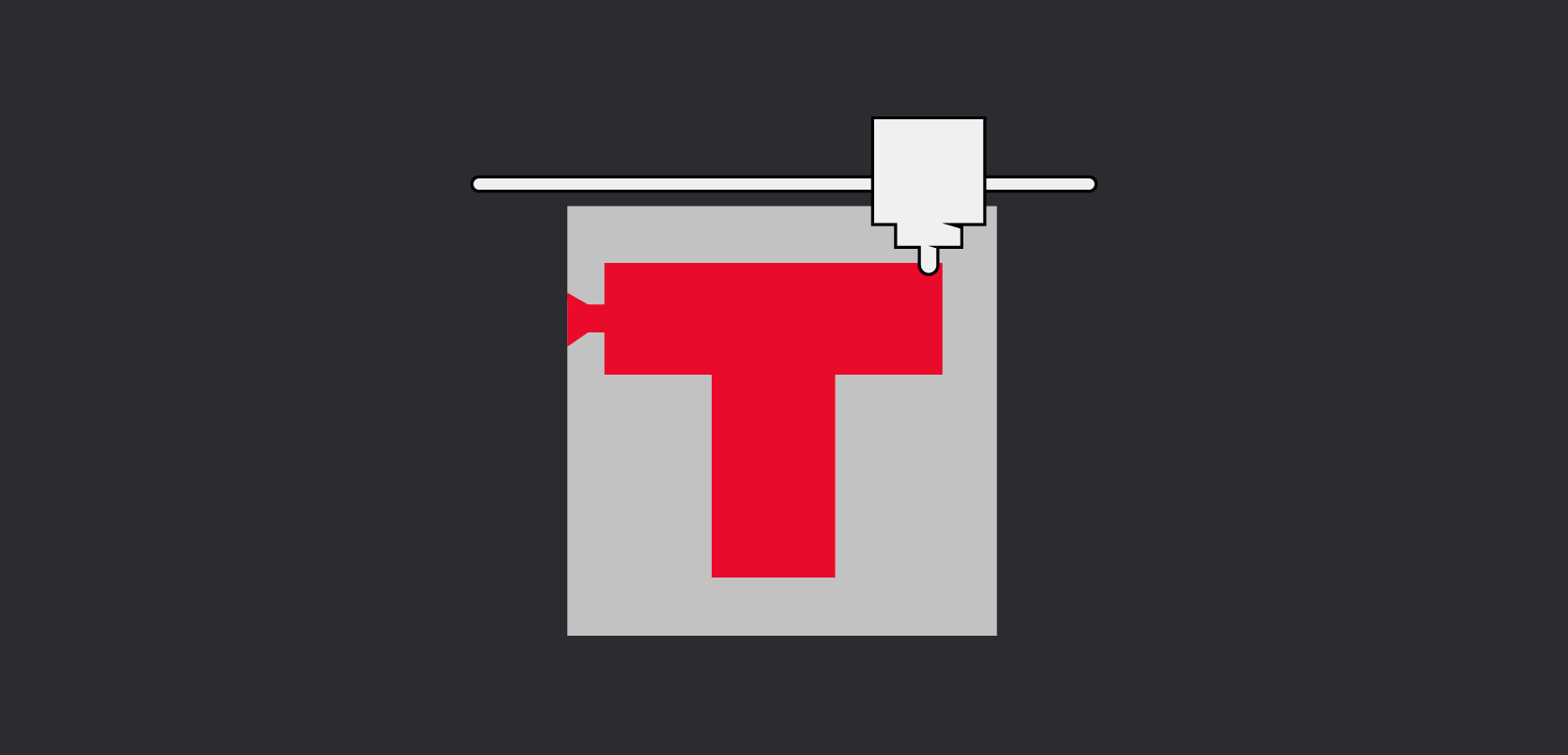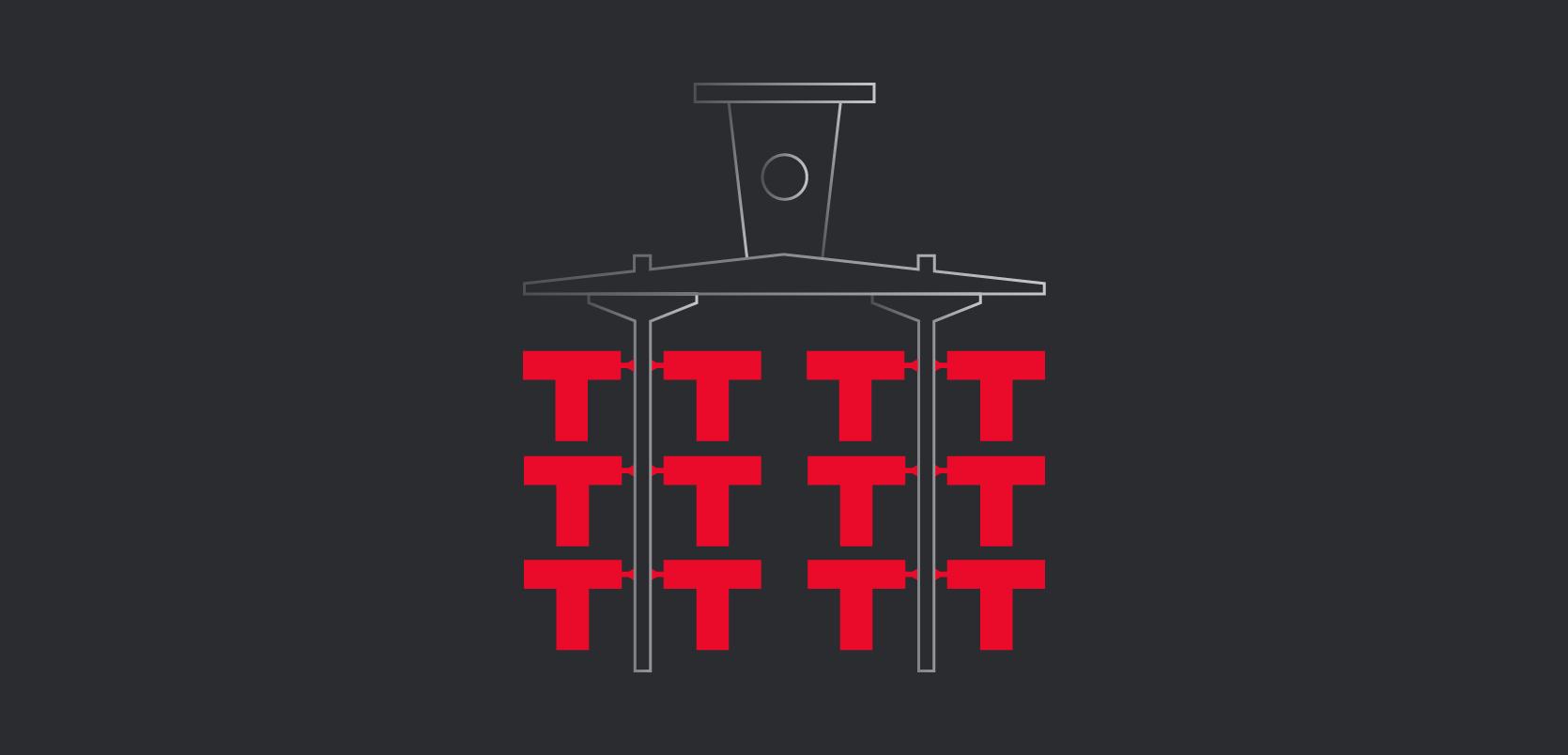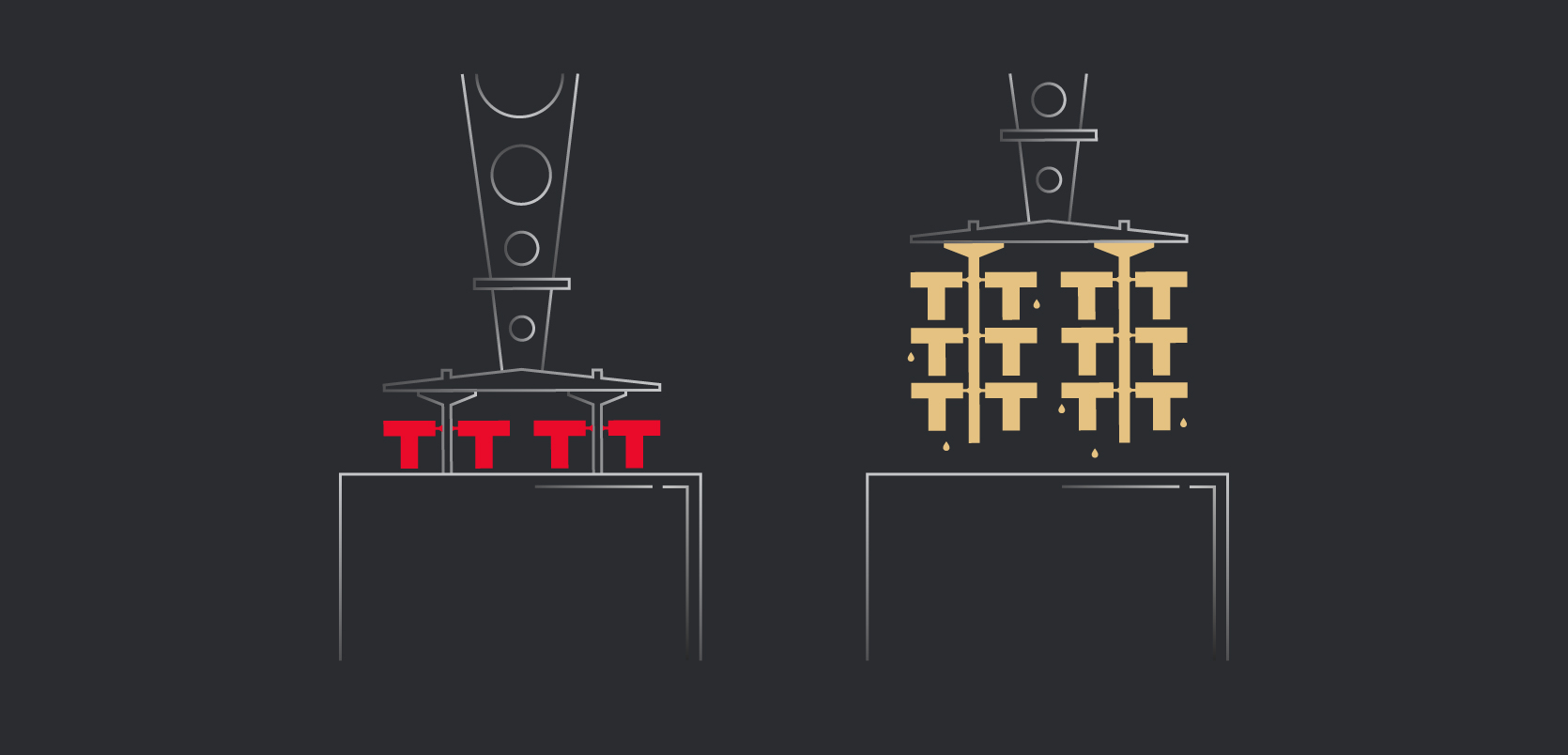3D PRINTING IN INVESTMENT CASTING:
As explained in our ‘What is Investment Casting’ series of blogs, the first stage in the manufacturing process is the design and manufacture of wax patterns used to shape a disposable ceramic mould – which is filled and cast with liquid metal. Whilst this initial process is simple and inherently disposable, it is critical in ensuring that the finished product is the right shape and has no material defects.

When a new part is designed, the 2D drawing and 3D model are used to make a concept design for an injection tool. This is subsequently built by precision machining large blocks of aluminium and brass. This process is costly and takes approximately two weeks to complete, which makes it prohibitive in the early design stages for a new product. As a result, new products are traditionally tested using prototypes made through a different technique. This increases the prototyping stages by a number of months for new projects, since further testing will be needed once parts are made through investment casting.

To reduce this initial lead time, 3D printing can be used to make waxes within a number of days which can immediately be put into an assembly and used to make a ceramic mould. These waxes can be made with the same properties as a traditionally injected wax to produce production quality parts with the added benefit that many iterations can be made this way without the need to invest in tooling before finalising the design. The parts made in this fashion can have multiple design features that differ between individual waxes so that many ideas can be prototyped simultaneously.

At Texmo, we design 3D models specifically considering the melting behaviour of the wax material used so that we can ensure minimal scrap once the parts are poured in metal. Once the design is completed, wax models are built with a polyjet printer within one week, compared to four weeks when injecting waxes through a traditional tool. Using this technology, we are able to work together with product designers from the earliest stages of a project and as a result, the final part design requires far less revision once the products are in regular use.
